Explore the past, present and future of the Erie Canal on its bicentennial anniversary.
In 1825, the state of New York inaugurated a monumental economic engine - the Erie Canal. Born from an audacious ambition to secure financial power and seal New York’s status as the Empire State, the canal was a triumph of engineering and determination. Two-hundred years later, the human-made thread crossing the state of New York from West to East has a much broader legacy that deserves definition and exploration.
While many New Yorkers are familiar with the origin story of the Erie canal, there remain untold stories from the time of the canal’s birth. From the people who built the canal, to the indigenous communities disrupted by it - the canal revolutionized a nation still yearning to harness its potential and establish its identity. The canal unleashed a powerful movement - of people, ideas, materials, wealth and innovation.
Today, the singular historic purpose of the canal has been replaced by a broader significance. Together, the Erie, Champlain, Oswego, and Cayuga-Seneca canals span 524 miles and serve communities in ways unimaginable to their creators. New York’s canals are a source of community, recreation, a habitat for wildlife and a resource to mitigate the impacts of a changing climate. The infrastructure of the canals also exists as a historic monument in need of maintenance and reinvestment.
In Reflections on the Erie Canal, we look back on the two-hundred-year journey of the Erie Canal and contemplate its future.
On October 26, 1825, the Erie Canal was completed. Governor DeWitt Clinton and other dignitaries led a flotilla from Buffalo to New York City on a canal line boat called the “Seneca Chief” to celebrate the occasion. A cannon was fired, setting off a relay of cannons along the canal route, signalling the start of the event. The second boat in the flotilla was “Noah’s Ark,” which housed pairs of animals found in western New York along with two Seneca Boys in their traditional regalia. The procession stopped at cities along the way to deliver speeches. Ten days later upon arrival at New York's harbor, Clinton ceremoniously poured Lake Erie water into the Atlantic Ocean to symbolize the “wedding of the waters.”
By 1825, many people of the Haudenosaunee Confederacy had been displaced by settler colonization. In 1784, the United States and New York State used treaties to punish the Haudenosaunee for their roles in the American Revolution. Between 1785 and 1792, the Haudenosaunee who remained in New York faced overwhelming pressure to give up their lands. The Erie Canal was constructed through this land following the Revolution and the War of 1812.
Now, a replica of the Seneca Chief will embark on the same journey.
The Buffalo Maritime Center has constructed a full-sized replica of the Seneca Chief, with a goal to engage the community in learning traditional boat building skills, and to foster awareness of the Erie Canal’s lasting impact on the state and country. Hundreds of volunteers participated in the construction, which took place inside the Longshed at Canalside on Buffalo’s waterfront from October 2020 to June 2024.
In September 2025, the Buffalo Maritime Center crew will embark on a voyage to commemorate Gov. DeWitt Clinton’s journey, docking at 28 ports along the Erie Canal and Hudson River before reaching New York City. Through their educational programming, the Buffalo Maritime Center is working to broaden the Erie Canal’s narrative - highlighting not only the canal’s economic influence but also its cultural and environmental consequences.











Erie Canal Timeline
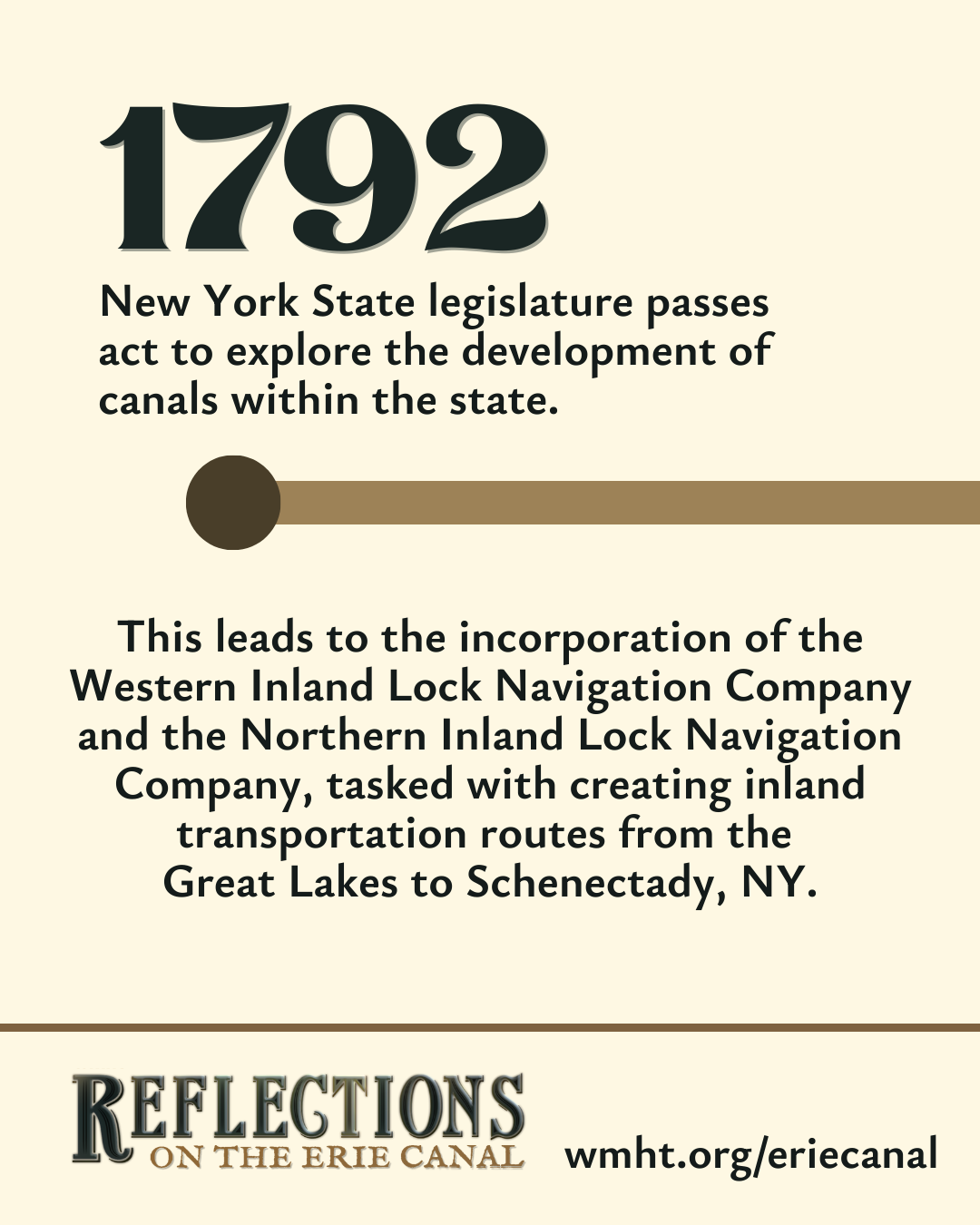
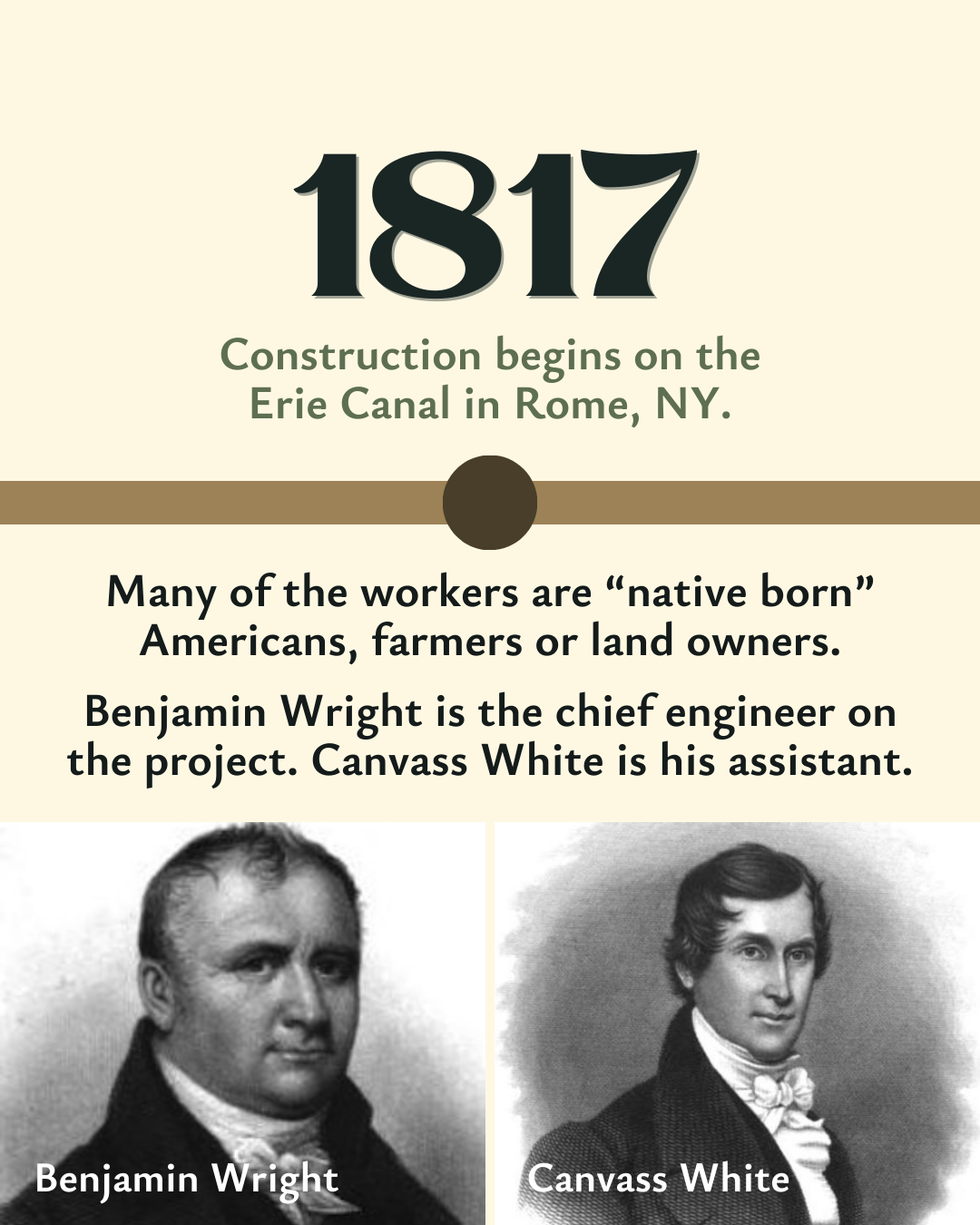
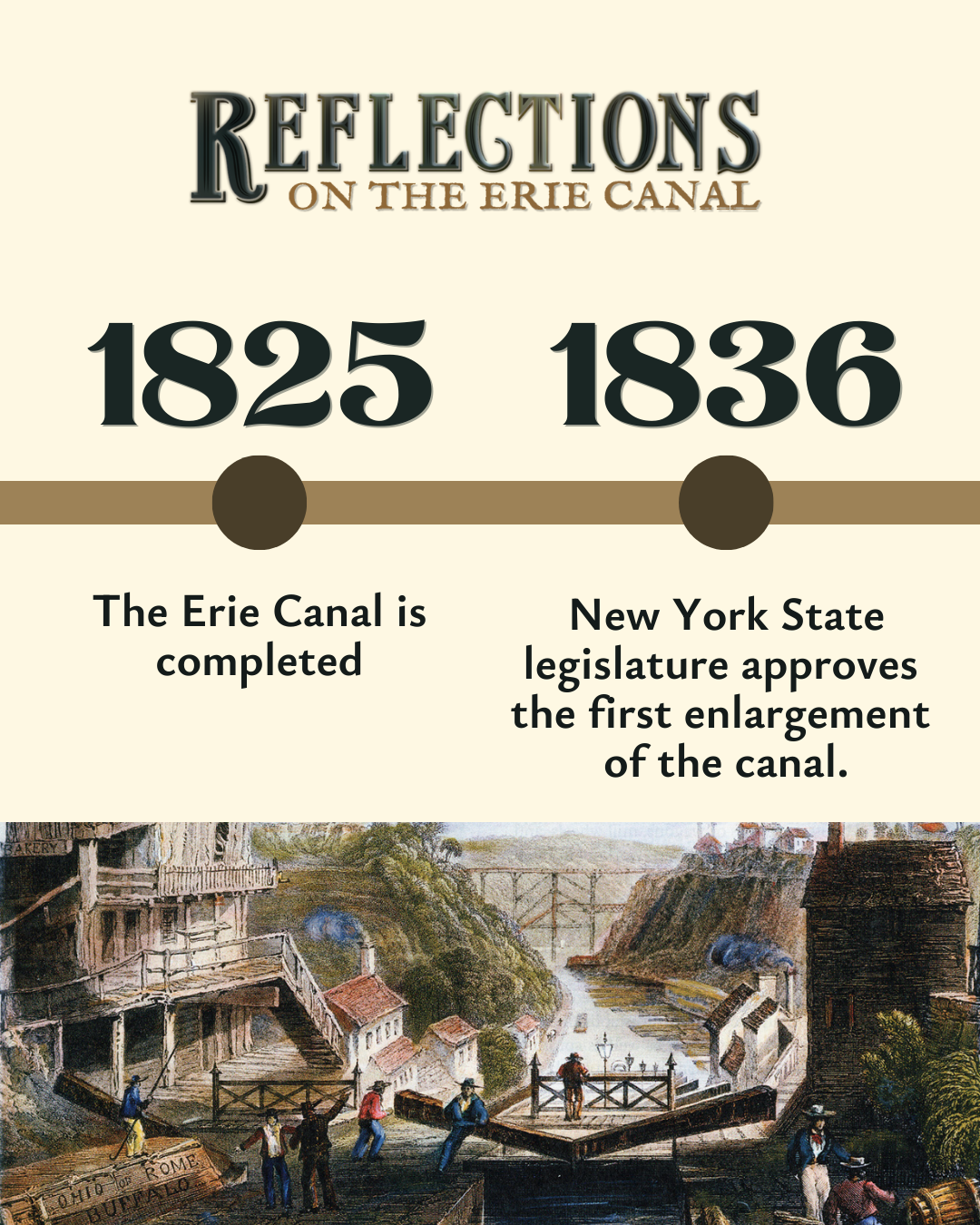
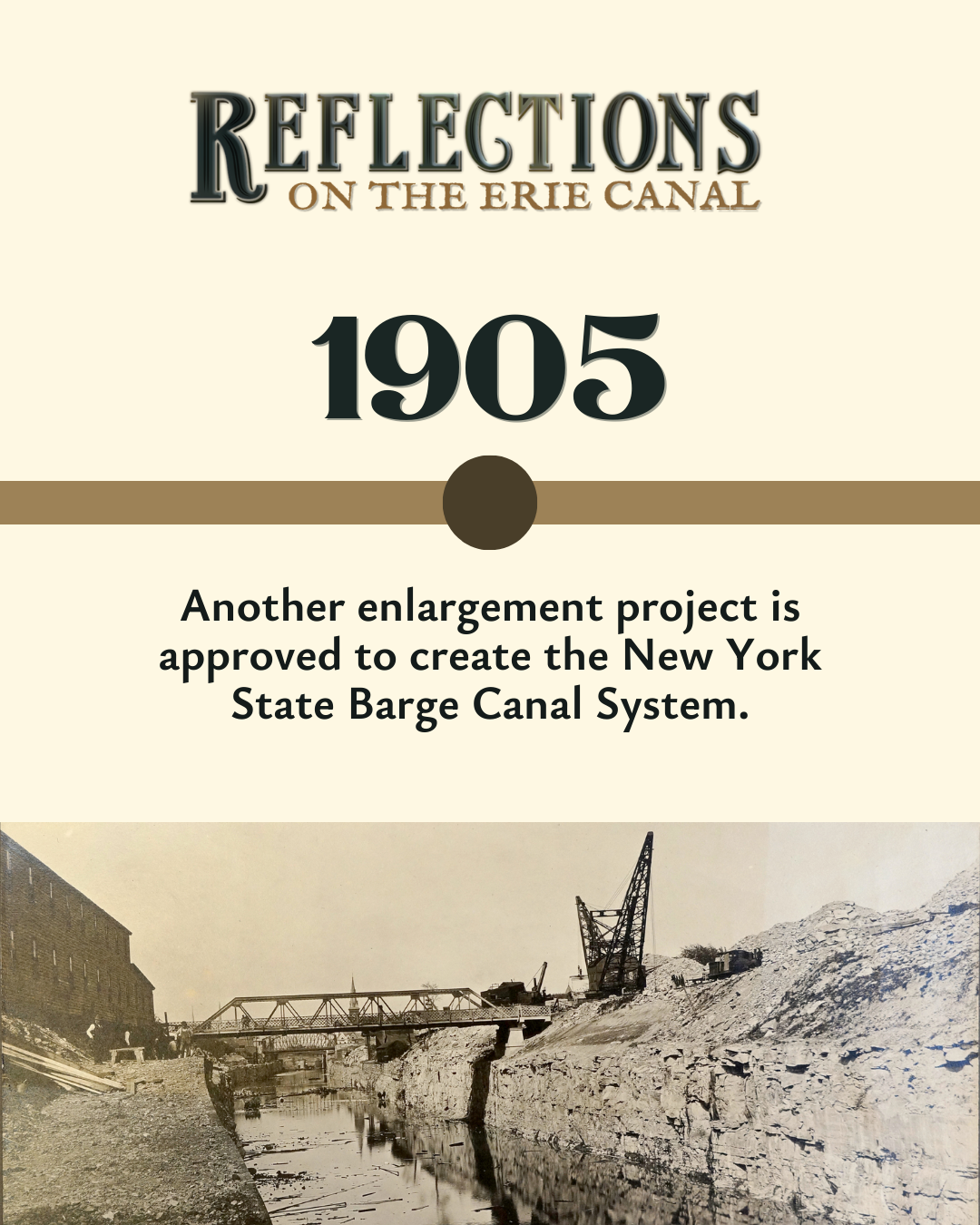
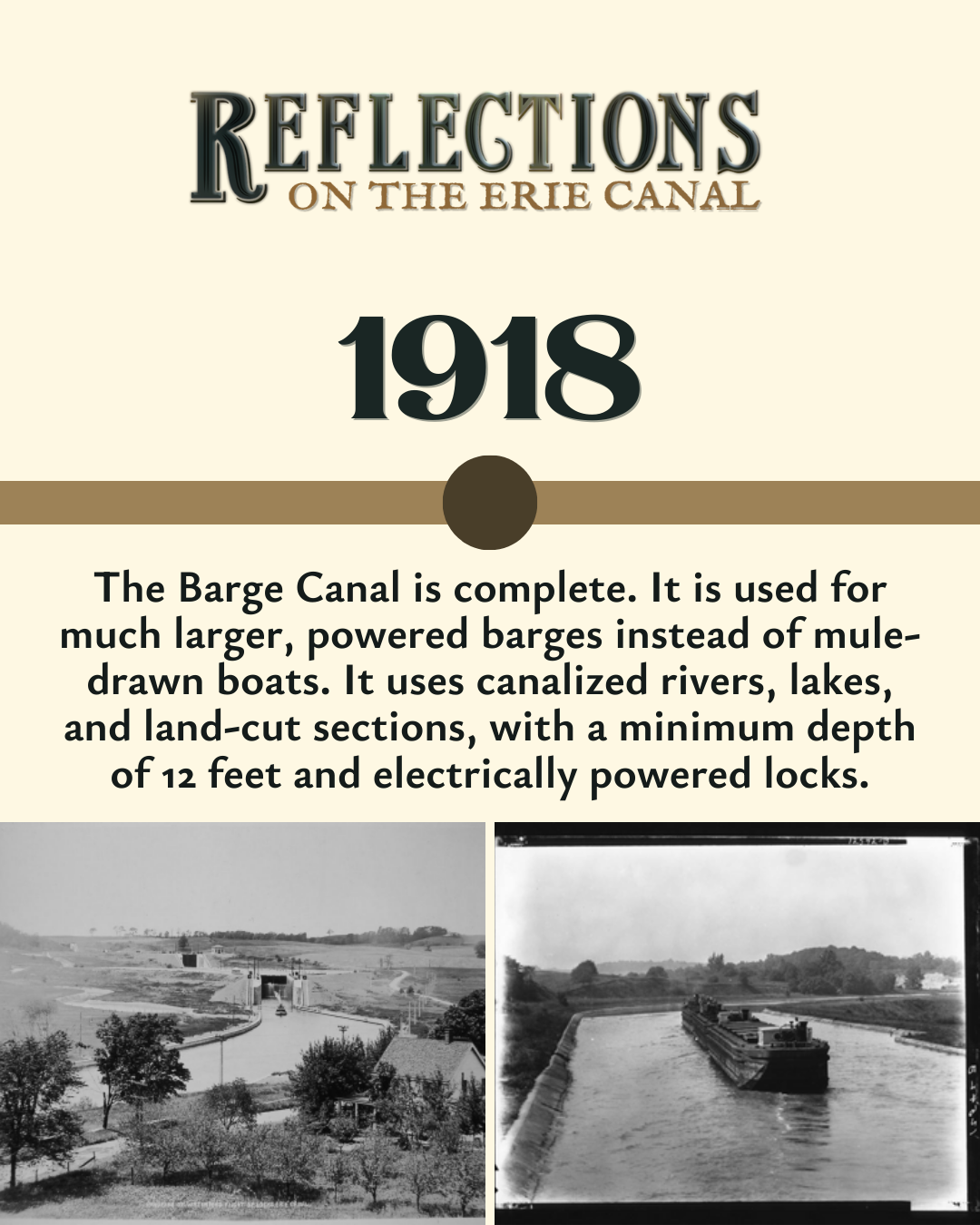
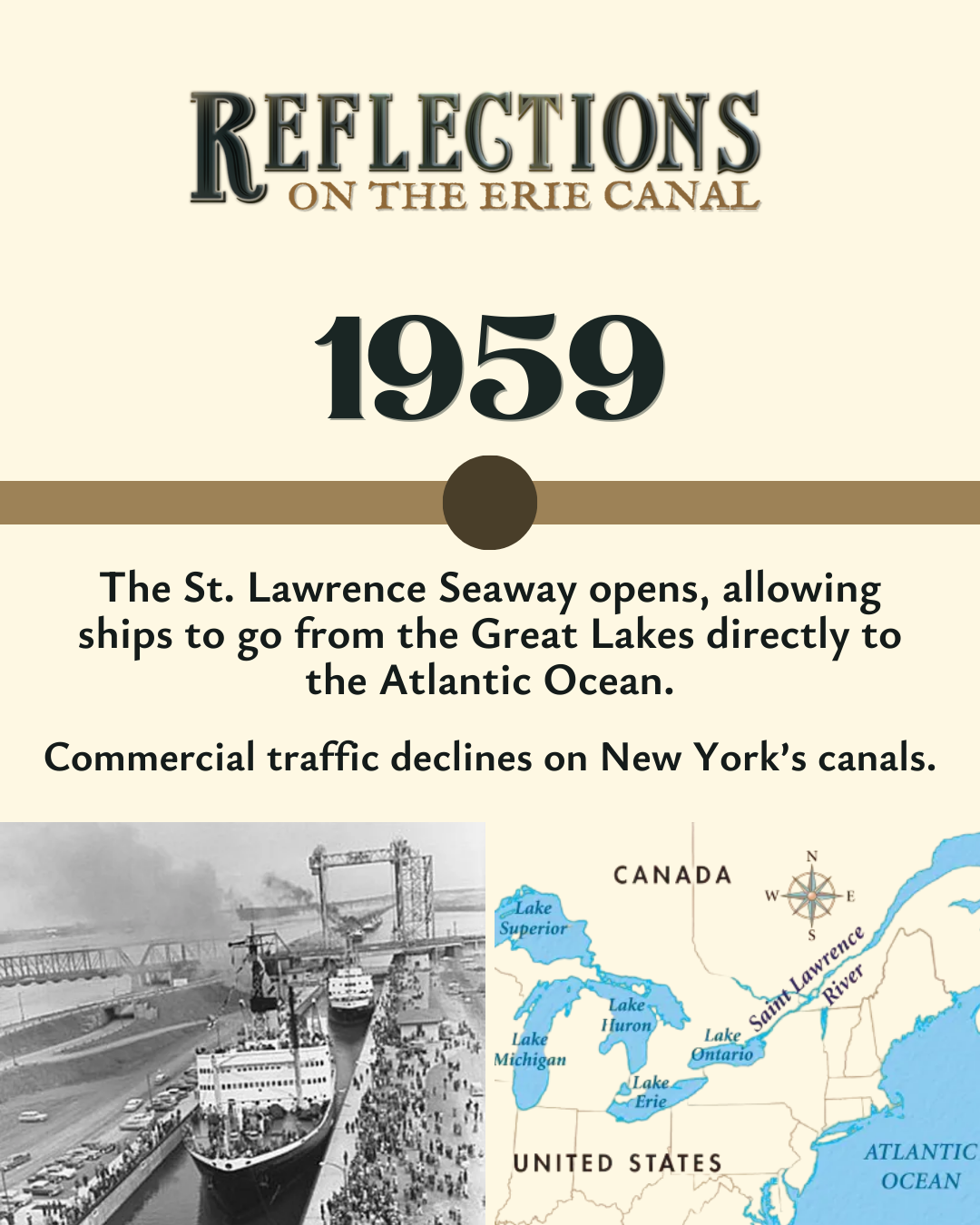
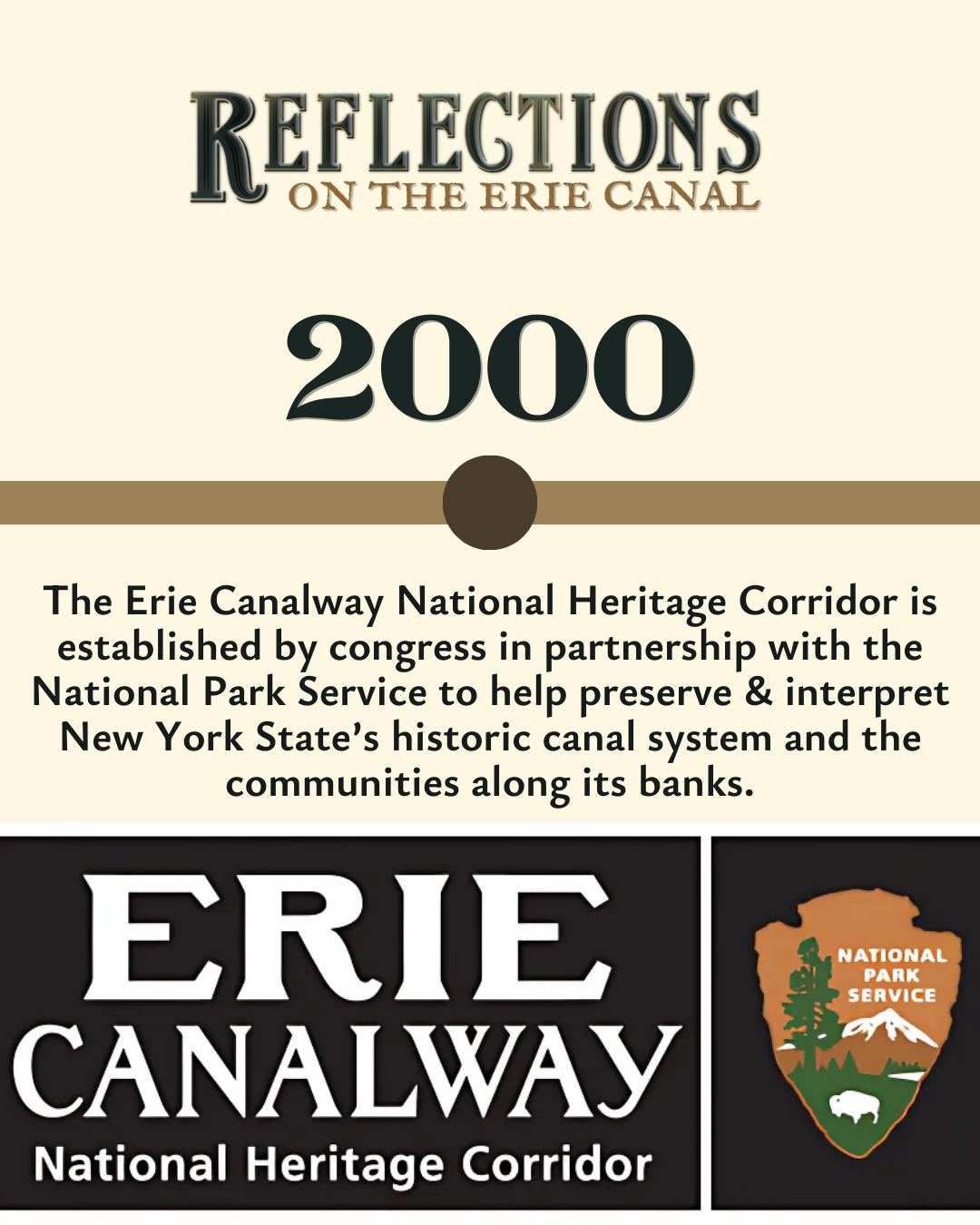
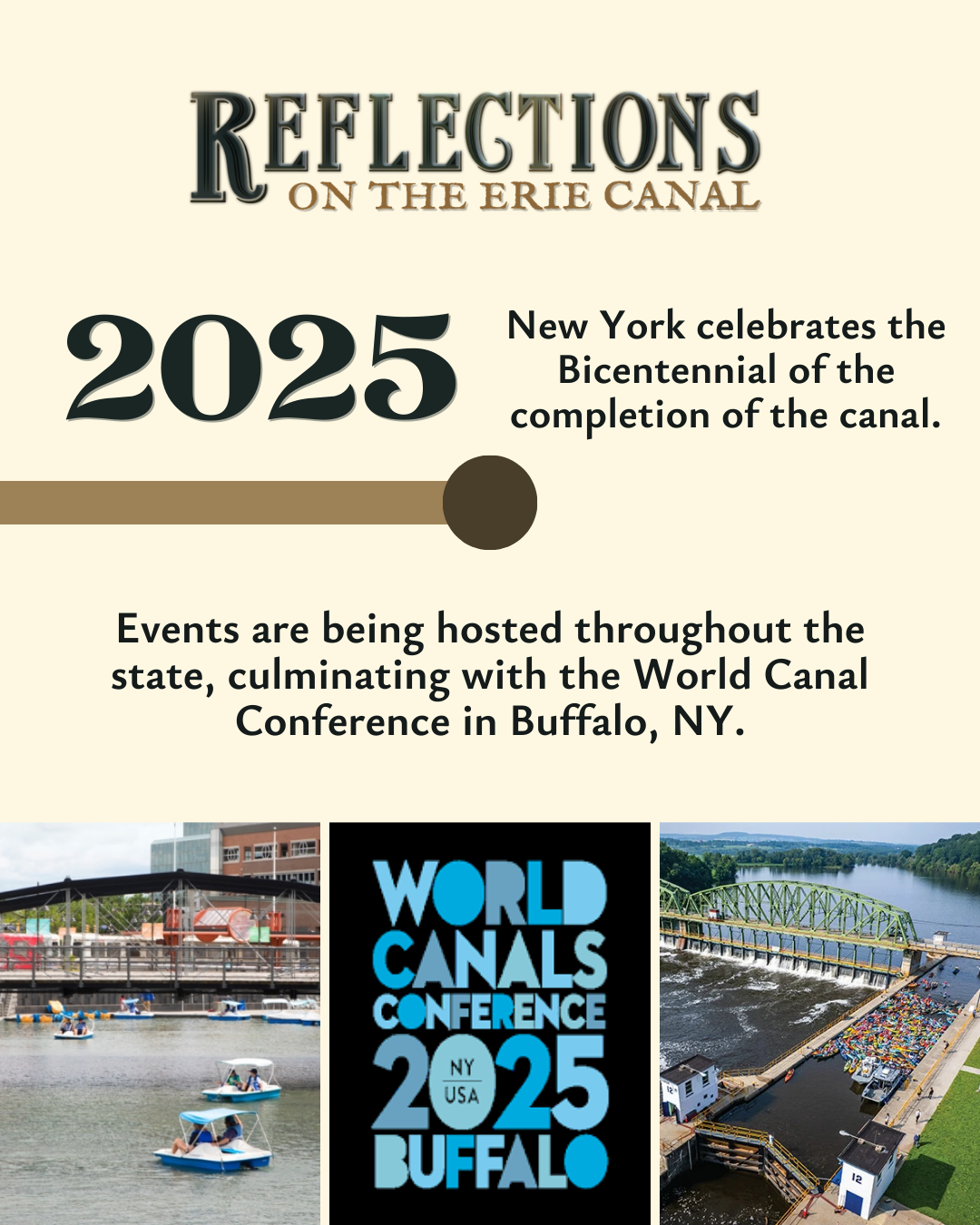
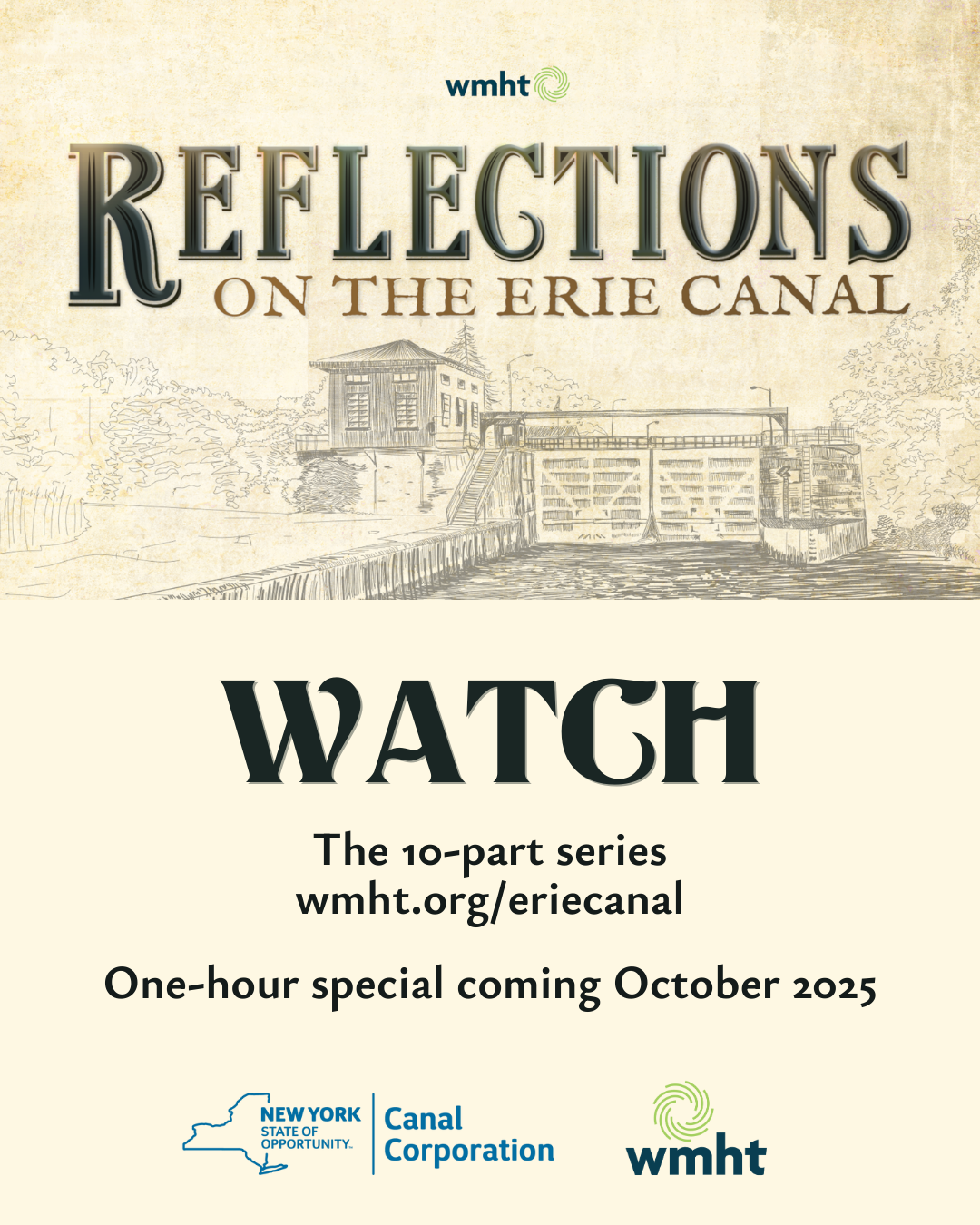
Additional Resources
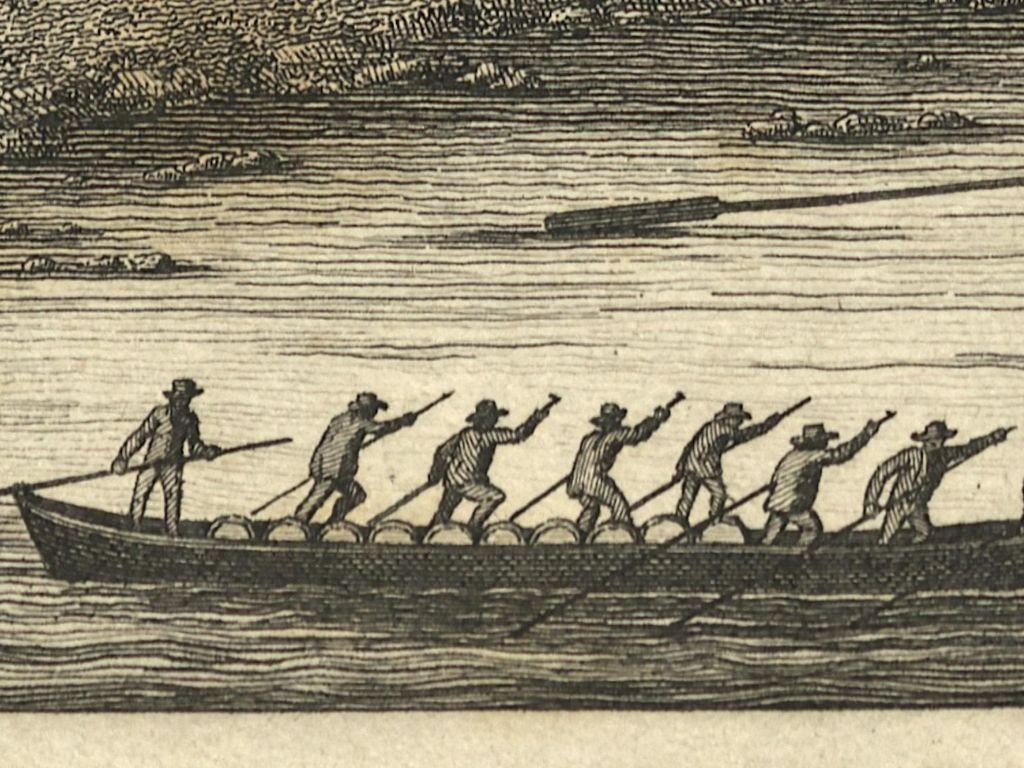
Expanding the Erie Canal | Reflections on the Erie Canal
Join experts as they reflect about New York State's decision to build the Erie Canal, its later enlargements, and how it has been reimagined for modern-day use. Use this media gallery, vocabulary, discussion questions, and timeline to guide students' learning.
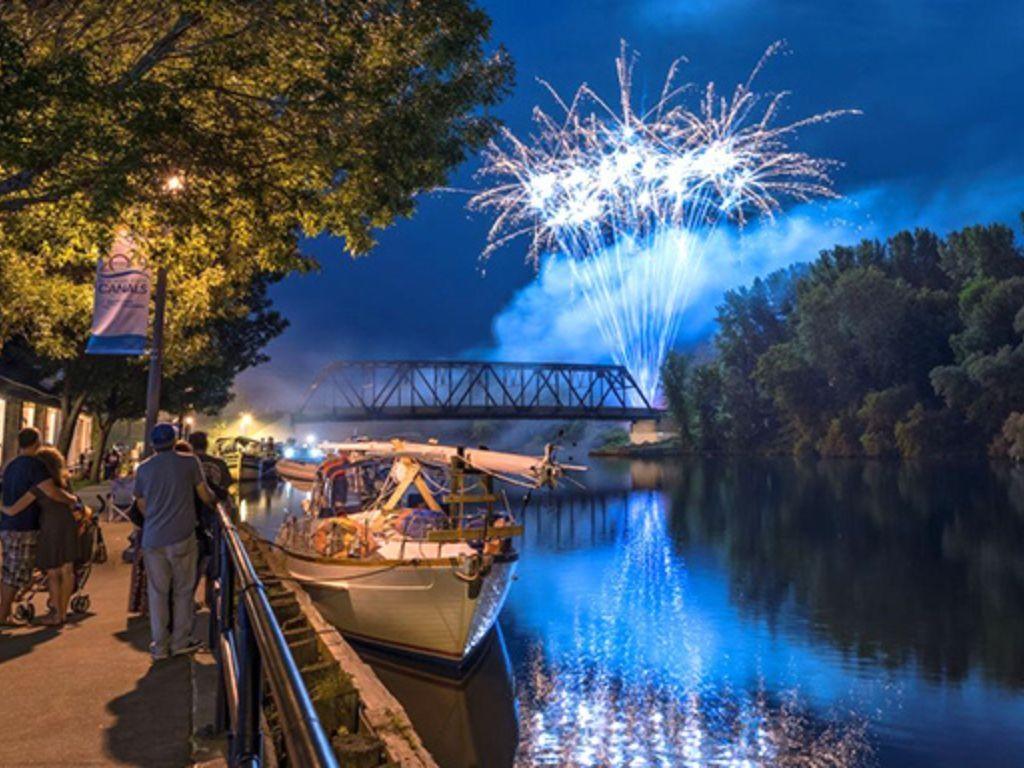
Erie Canalway National Heritage Corridor
Opened in 1825, the Erie Canal transformed New York State and had a profound influence on the nation. Explore, learn, and get involved during this auspicious anniversary year
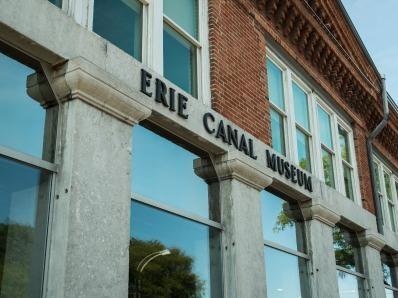
The Erie Canal Museum
The Erie Canal Museum engages the public in the story of the Erie Canal’s transformative impacts on peoples and places in the past, present, and future.

World Canals Conference 2025
Bringing together the brightest minds working on inland waterways to share ideas and inspiration for the future of inland waterways.
More from Public Media

Reframing an Empire
Explore the captivating journey of artist Thomas Cole and his profound impact on American identity.

Floating Ideas: How the Erie Canal Helped Shape America
Examines the spread of ideas along the Erie Canal, with an emphasis on women’s rights, suffrage, and the quest for social justice.
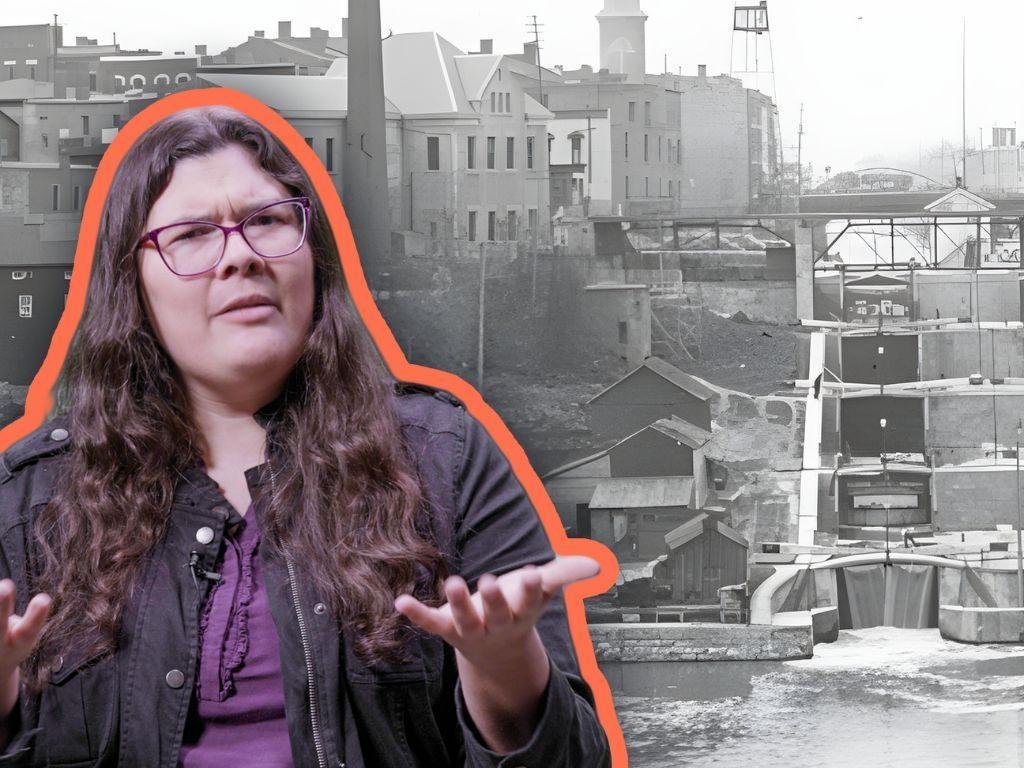
Fifteen Miles on the Erie Canal | Compact Science
Discover the science behind the Erie Canal's locks!
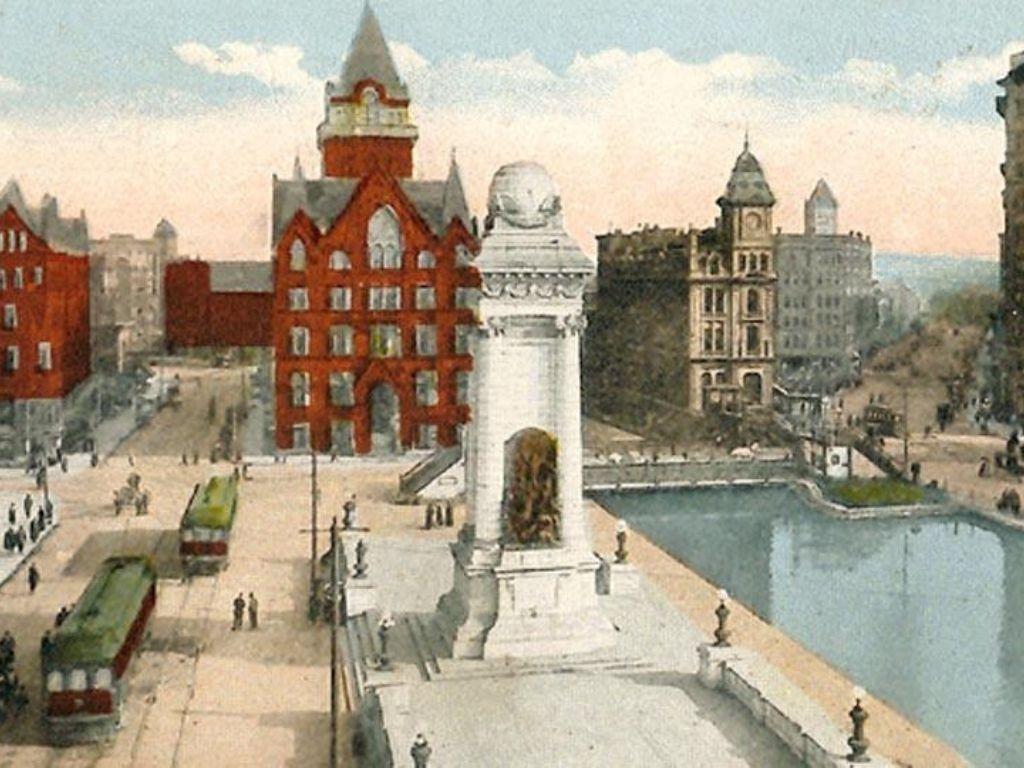
Building the Erie Canal | Interactive Lesson
In this interactive lesson supporting literacy skills in U.S. history, students learn how the Erie Canal changed the U.S. economy and influenced settlement patterns in the west.
